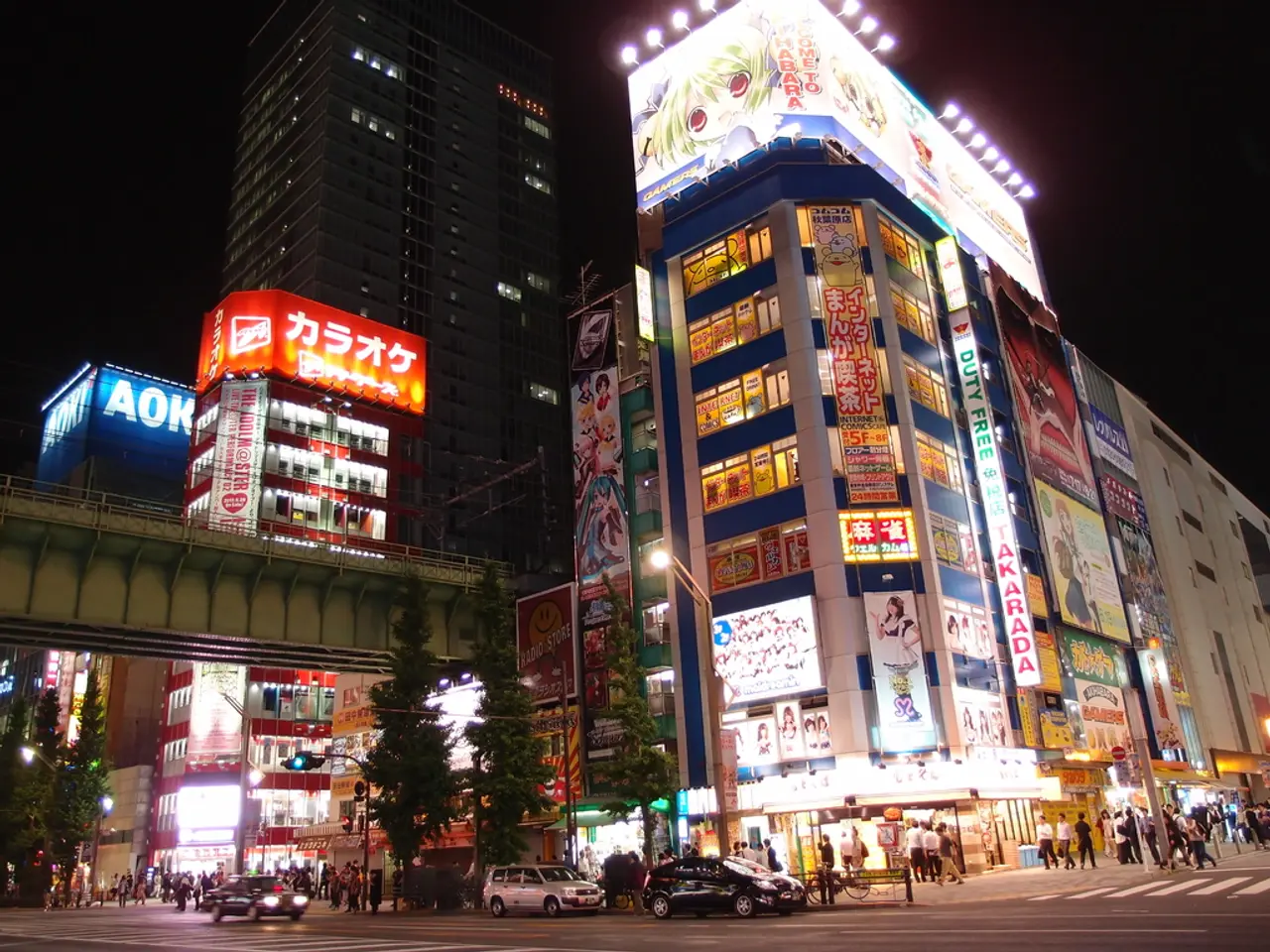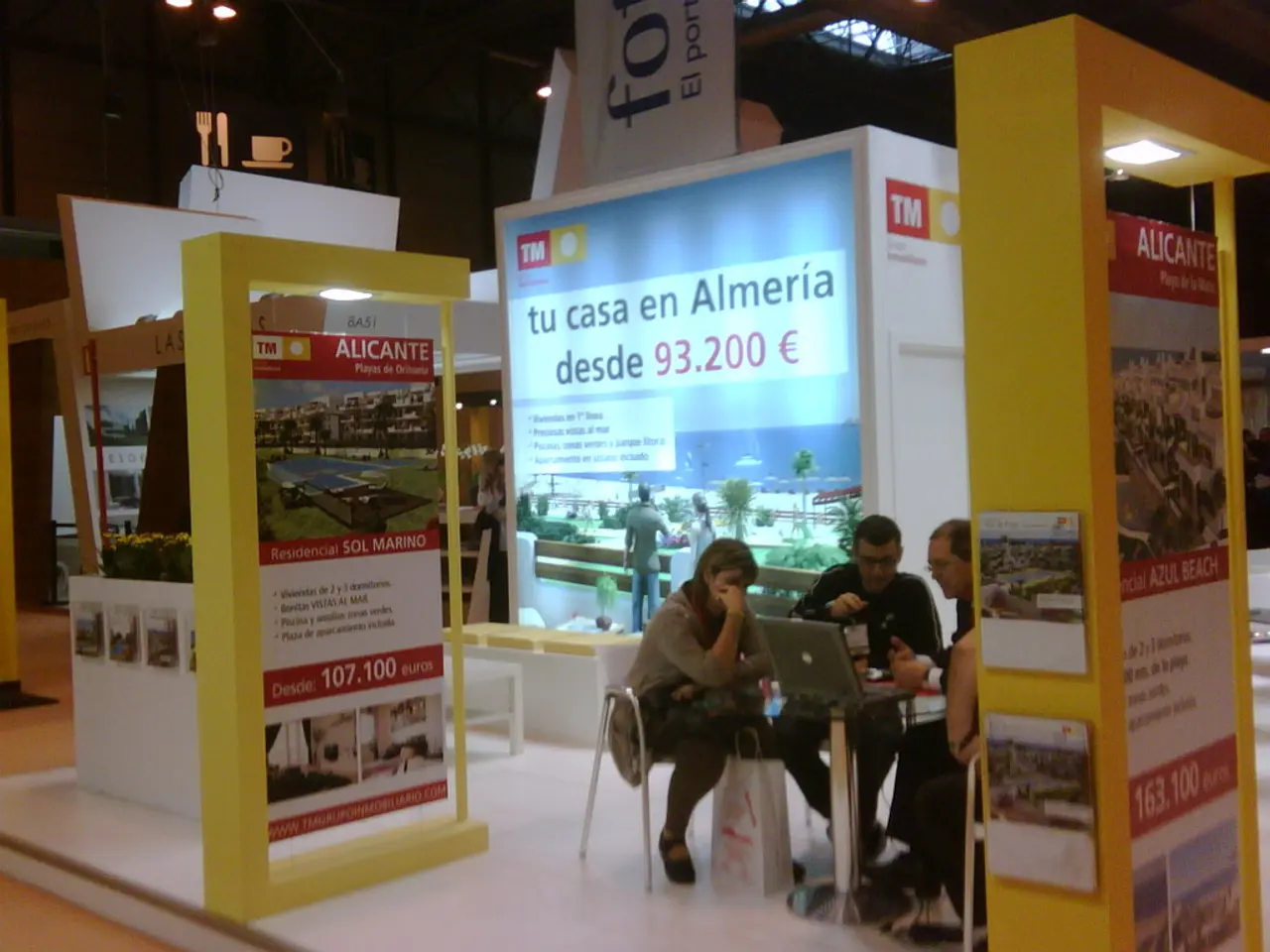Completion of Environmental Impact Report for West Santa Ana Branch; Metro to Host Virtual Sessions for Public Comment
The Los Angeles County Metropolitan Transportation Authority (Metro) has announced three virtual public hearings for the West Santa Ana Branch Transit Corridor, also known as the Southeast Gateway Line. The proposed light rail line aims to connect Southeast Los Angeles County to downtown Los Angeles, serving various cities and communities along the way.
The hearings, scheduled for August 19, 24, and 28, 2021, will provide an opportunity for the public to learn more about the project and offer feedback on four potential alternatives. These alternatives revolve around various alignments through Downtown LA and the established southern route through historic railway corridors serving southeastern LA County communities.
The primary four alternatives are:
1. **Alameda Street Route (Alternative E)**: This option proposes a subway under Alameda Street, connecting to the A and E Metro lines at Little Tokyo/Arts District, and continuing to Union Station.
2. **Downtown Transit Core Route (Alternative G)**: This option deviates westward from the Alameda route while in the Arts District and proceeds via a subway deeper into Downtown, terminating at either 7th Street/Metro Center or Pershing Square station.
The other alternatives explored historically include six routing options through Downtown LA, although the focus has narrowed to these two prominent alternatives for connecting the northern and southern segments.
The southern portion generally follows former Pacific Electric and Union Pacific railway corridors, minimizing property acquisition issues while connecting Downtown LA to Artesia and serving intermediate communities such as Vernon, Huntington Park, Bell, Cudahy, South Gate, Downey, Paramount, Bellflower, and Cerritos.
Metro staff is currently recommending Alternative 3, which would serve about 15 miles of the southern phase of the corridor and would offer service to downtown L.A. via the A Line.
The Draft Environmental Impact Statement/Environmental Impact Report for the West Santa Ana Branch Transit Corridor was released on July 30, 2021, and a 45-day public review and comment period has begun, ending on Sept. 13. The report provides information on potential environmental impacts and mitigations, potential benefits of the project, and the decision-making process used by Metro.
During this period, Metro will host three virtual public hearings. The first hearing is on August 19, 2021, from 6-8 p.m., with the Zoom link being
The second hearing is on August 24, 2021, from 12-2 p.m., with the Zoom link being
The third hearing is on August 28, 2021, from 10 a.m.-12 p.m., with the Zoom link being
Comments can be sent via email to [email protected] or by mail to Meghna Khanna, Project Manager, LA Metro, One Gateway Plaza, Mailstop: 99-22-7, Los Angeles, CA 90012. ADA accommodations and translations are available by calling 323.466.3876 or California Relay service at 711 at least 72 hours in advance.
Information will be the same at all three meetings and recordings of the meetings will be made available on the project website,
[1] Cities and communities served by the West Santa Ana Branch Transit Corridor: Artesia, Cerritos, Bellflower, Paramount, Downey, South Gate, Cudahy, Bell, Huntington Park, Vernon, unincorporated Florence-Firestone, and Downtown Los Angeles.
- The West Santa Ana Branch Transit Corridor project, scheduled for three virtual public hearings in August 2021, serves a diverse community news, including unincorporated Florence-Firestone, Downtown Los Angeles, and various cities like Artesia, Cerritos, Bellflower, Paramount, Downey, South Gate, Cudahy, Bell, Huntington Park, and Vernon.
- In the industry of transportation, the proposed light rail line, also known as the Southeast Gateway Line, aims to connect these communities along the West Santa Ana Branch Transit Corridor, providing potential benefits that could impact the local finance by easing transportation and connecting them to Downtown Los Angeles.
- The online events, hosted by the Los Angeles County Metropolitan Transportation Authority (Metro), offer an opportunity for the public to learn about four potential alternatives for the project, such as the Alameda Street Route (Alternative E) and the Downtown Transit Core Route (Alternative G), which could significantly impact the environment, especially the historic railway corridors serving the southern part of these communities.




